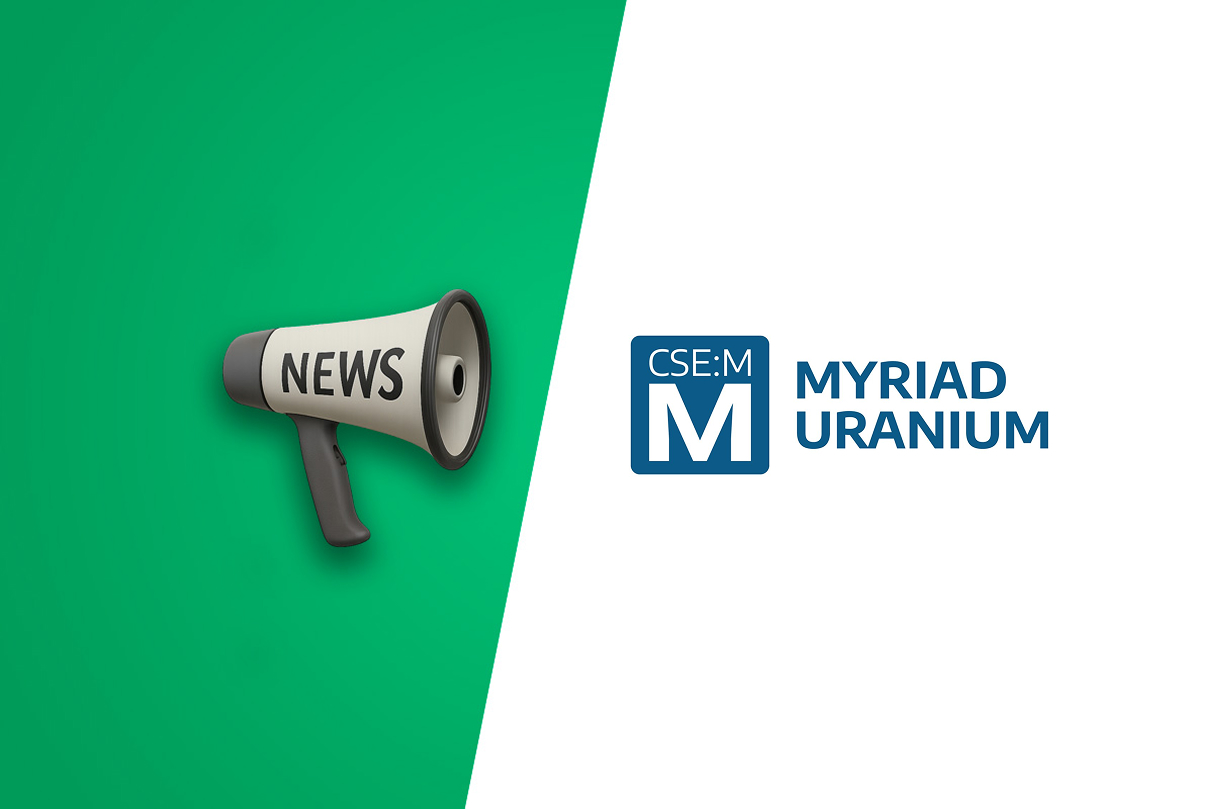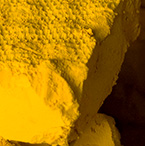Myriad Uranium Reports Historical Estimates from Copper Mountain Study

1982 Bendix assessment identifies 245 million pounds potential uranium endowment in core area, with structural analysis identifying additional exploration targets.
- Historical 1982 Bendix study estimated potential uranium endowment of 245 million pounds in the Copper Mountain Control Area to 600 feet depth, with Myriad holding approximately 70% of this area
- Larger Assessment Area encompasses estimated potential endowment of 655 million pounds of uranium, with the company controlling approximately 29% of this district
- Structural scoring methodology identified target areas for intermediate-grade uranium deposits in locations that previously lacked drill-hole data
- 2024 drilling identified uranium mineralisation below the 600-foot exploration limit, including intercepts at 1,495 feet
- Study based on Union Pacific's C$118 million (current dollars) exploration programme from the 1970s, comprising 2,000 boreholes
Myriad Uranium Corp. (CSE:M) is a uranium exploration company with an earnable 75% interest in the Copper Mountain Uranium Project in Wyoming. The project area includes several known uranium deposits and historic uranium mines, including the Arrowhead Mine which produced 500,000 pounds of uranium oxide. The company also holds a 100% interest in the Red Basin Uranium Project in New Mexico and maintains a 50% interest in the Millen Mountain Property in Nova Scotia with Probe Gold Inc.
Historical Uranium Endowment Estimates from 1982 Bendix Study
Myriad has obtained a 600-page report from Bendix Field Engineering Corporation, commissioned by the U.S. Department of Energy in 1982. The document, titled "An Exploration Systems Approach to the Copper Mountain Area Uranium Projects, Wyoming," provides technical analysis underlying the district's resource assessment. The study's authors accessed Union Pacific's dataset from C$118 million in exploration spending and supplemented it with additional data generated by Bendix.
The report identified two key areas. The Control Area, a 17.8 square kilometre rectangle centred on the Canning Deposit, was estimated to contain a potential mineral endowment of approximately 245 million pounds of uranium to 600 feet depth, in the intermediate grade range of 100 to 500 parts per million equivalent uranium oxide. This assessment was based on data from 1,193 mineralised boreholes. Myriad and partner Rush Rare Metals Corp. control approximately 70% of this Control Area.
The broader Assessment Area spanning approximately 40 square miles was estimated to hold potential mineral endowment of approximately 655 million pounds of uranium to the 600-foot depth. Myriad holds approximately 29% of this area. These historical estimates do not comply with current NI 43-101 standards and require exploration work to verify.
CEO Thomas Lamb stated:
"The conclusions of the 1982 studies are exciting to us, as we have always thought the Copper Mountain district is underexplored."
Structural Scoring Methodology and Exploration Target Identification
The Bendix study employed a structural scoring system to assess uranium mineralisation potential, recognising structural preparation as the primary control on uranium deposit formation at Copper Mountain. The methodology evaluated five parameters: presence of grabens, major east-west trending fault zones, fault intersections, subsidiary faults, and positioning along favourable structural trends. The system was applied in the Control Area and correlated with known deposit locations to establish a framework for the wider Assessment Area.
The analysis indicated that maximum structural preparation for uranium mineralisation occurs where multiple structural elements intersect, particularly at graben boundaries with subsidiary faults and fractures. The highest-grade uranium concentrations were identified along major east-west trending faults that define graben boundaries. The scoring system identified target areas for intermediate-grade uranium deposits in locations within Myriad's property holdings that lacked drill-hole data.
The methodology successfully highlighted known uranium deposits in the Control Area whilst identifying prospective zones.
The company's chief geologist George van der Walt commented:
"There is a huge amount of uranium in the neighbourhood and this information will help us to vector in on it."
Deep Mineralisation Potential Below 600-Foot Hard Deck
The 600-foot depth limit represented the boundary of 1970s exploration and mining studies at Copper Mountain. Myriad's 2024 drilling programme identified uranium mineralisation below this depth, including intercepts at 1,495 feet beneath the Canning Deposit and at other depths. These findings, combined with deep intercepts from Anaconda's historical drilling at the Railroad area, indicate that uranium mineralisation extends deeper than previously explored.
These intercepts relate to a geological theory regarding potential unconformity-style mineralisation associated with thrust faults beneath Copper Mountain. This concept was considered by Anaconda, Union Pacific, and subsequent experts but was not fully tested.
CEO Thomas Lamb stated:
"These intercepts, and Anaconda's drilling at Railroad which had notable deep intercepts, hint at the potential for unconformity mineralisation related to thrust faults under Copper Mountain. This is a theory that was considered by Anaconda and Union Pacific and a series of experts in subsequent decades, but was not fully tested."
Lamb added:
"A potential new dimension to Copper Mountain exists below the 'hard deck' of 600 feet. This depth was the general limit for drilling and feasibility studies conducted by Union Pacific in the 1970s. Our 2024 drilling campaign and subsequent assays yielded uranium findings below the hard deck, including at 1,495 feet below Canning and at various other depths."
Looking Forward
Myriad intends to integrate the Bendix study findings with its historical database to develop exploration targets for the Copper Mountain district. The company will evaluate target areas within its holdings, particularly locations that scored favourably in the structural analysis but lacked historical drill-hole coverage. This work will inform the company's exploration and development strategy, with results to be presented in future disclosures. Myriad holds approximately 70% of the core Control Area and positions across the broader Assessment Area.
Analyst's Notes




Subscribe to Our Channel
Stay Informed












































